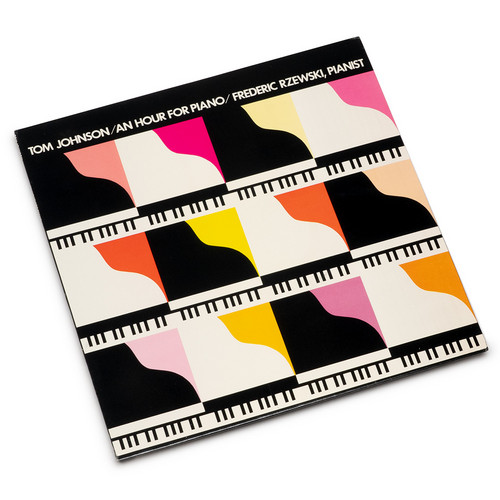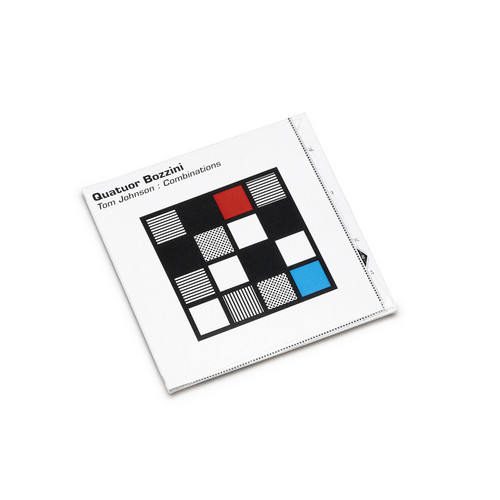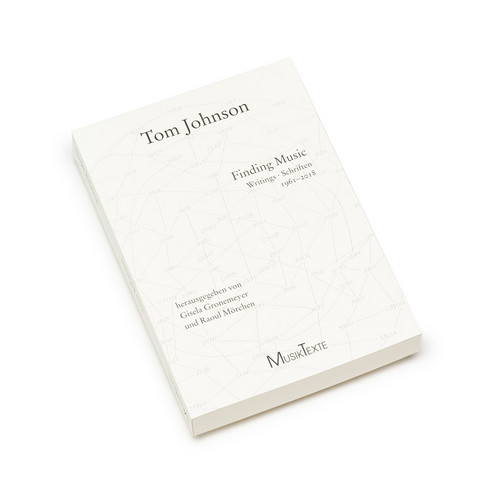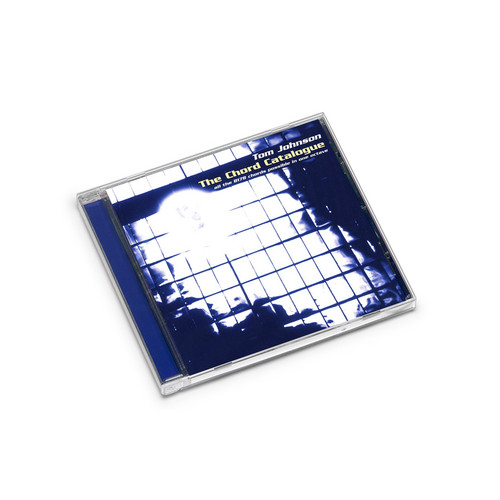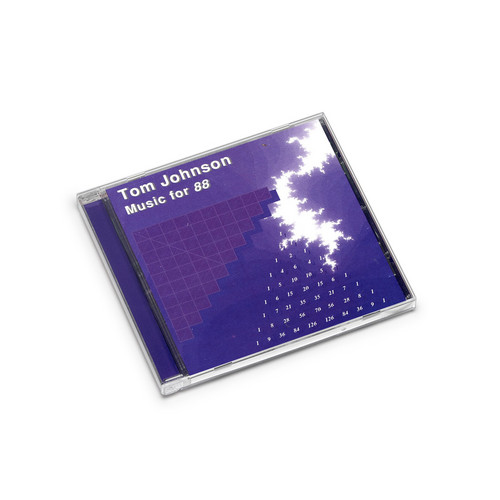Tom Johnson
An Hour For Piano
**Original 1979 copies, still sealed and log time stored (copies may have minimal wear on covers)** A trance music piece made up of repeating 4/4 cells in which an absolutely steady eighth-note motion predominates. Often several cells are going on simultaneously, and one cell frequently mutates into another through the addition or subtraction of a note or two. One has to step back far enough to get a perspective on the large-scale shifts in density and tonality before the impact of An Hour For P…
Tom Johnson : Combinations
Tom Johnson uses numbers as base material, turning formulas, combinations and other mathematic phenomena into music. And somehow, this music becomes poetry, sometimes like a haiku, sometimes like a sonnet, sometimes descriptive and clear, often enigmatic but always beautiful.
Finding Music
A general introduction to Tom Johnson’s music, as well as many articles written from 1961 until 2018, with texts both In English and German. "I can not say that I always manage to find my music. Sometimes it still seems necessary to compose it, particularly when I want to produce another opera. I can say, however, that there is something particularly satisfying about projects where the logic (the music) seems to arise naturally from some discovery outside of myself, and where everything comes to…
The chord catalogue
I like to think of The Chord Catalogue as a sort of natural phenomenon--something which has always been present in the ordinary musical scale, and which I simply observed, rather than invented. It is not so much a composition as simply a list. I have often tried to explain that my music is a reaction against the romantic and expressionistic musical past, and that I am seeking something more objective, something that doesn't express my emotions, something that doesn't try to manipulate the emoti…
Music for 88
Simplicity and clarity have always been among Tom Johnson's chief concerns as a composer. That concern led him to research number theory, particularly by Pascal, Fermat, and Euclid, and these sources suggested musical structures somewhat more complicated than those that he had used before. Music for 88 is the result of these researches. It contains nine sections (six of which are on this recording), each of which is a musical demonstration of a mathematical phenomenon.
Kientzy plays Johnson
In Kientzy Loops, the accompanying loop is a mix of six alto saxophones played in continuous blowing, while the principal lines are played on alto saxophone, except for the third section, played on baritone. The piece, premiered at the auditorium of the ADAC in Paris, was awarded a French national prize in the Victoires de la musique as the best piece of contemporary music for the year 2000. We are indebted to our friend Marc Chemillier for La Tortue de mer. As a mathematician Chemillier became …
